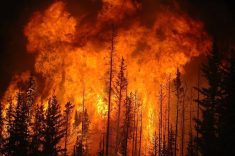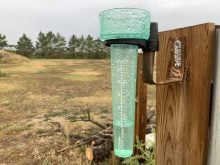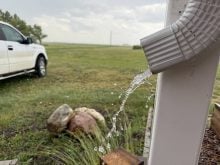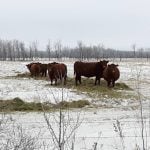It can be a long road to recovery for farmers affected by wildfires, say those who have experienced past losses
A fire in rural Alberta can burn away generations of hard work, so farmers and ranchers take it seriously.
“Whenever you see smoke in the air, everybody comes around,” said Jeff Lewandoski, chief of the Jenner volunteer fire department.
“We live an hour away from any major centre and if you had to wait an hour or more for a fire department to come, you would lose everything.”
Read Also
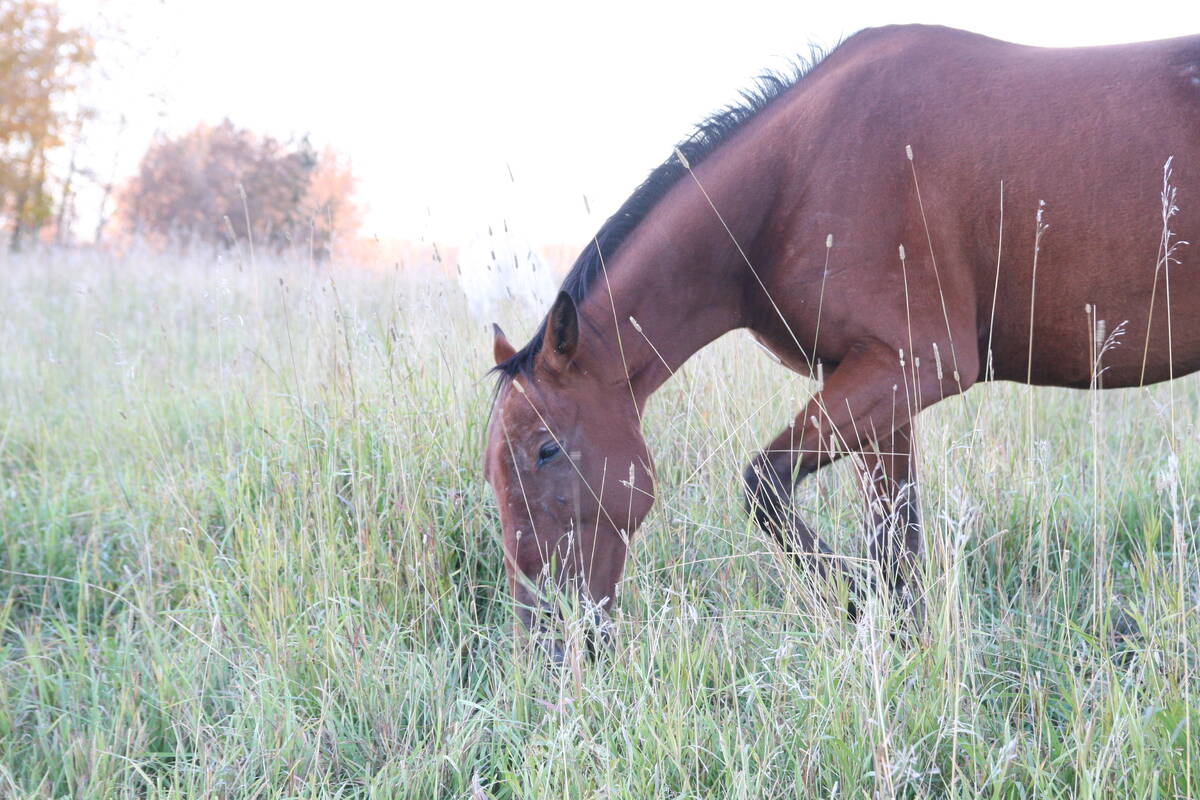
Beware giving horses too much iron
Horses consuming too much iron through diet or well water risk health problems like laminitis. Mineral testing forage and water is good practice for owners.
As a volunteer firefighter and a farmer himself, Lewandoski said volunteer departments play a crucial role in fire management for farmers and ranchers. He has seen fires ravage crops, destroy lands and kill cattle but notes the impact on land owners goes much further than the initial burn.
“I think the biggest thing [is] the loss of grass, and the cost… of having to rebuild all the fences. And especially native grass, when it burns, if it’s leased land, they have to fence it off for three years and let the grass recover,” said Lewandoski.
READ MORE: Province fast-tracks grazing approval for evacuated livestock
These costs can add up quickly, creating a major financial burden on farming operations.
Andy Kirschenman farms outside of Hilda, northeast of Medicine Hat, and saw his land burned by wildfire in October 2017. He says he is still seeing the effects of that fire on his and his neighbours’ land.
“I think it was a [total of] 40,000 acres that were burned,” said Kirschenman.
Accompanied with 100 km/hour winds, the fire traveled fast and much of the area’s crop and grasslands were burned.
“Two or three weeks after that we had lots of high winds … and being that our area has no trees, there was lots of soil erosion,” said Kirschenman. That erosion had a longer-lasting impact.
“Just a fire where the ash stays where it burns, the nutrients are [still] there,” he said. “It was the winds that removed the nutrients and topsoil.”
Soil erosion is one of the greatest fire-related risks for landowners. As a fire burns, it destroys plant material and the litter layer of the soil. That layer is mostly made up of dead plant material that stabilizes the soil and aids in water absorption.
After a wildfire burns away this protection, there is nothing holding the soil together. Kirschenman says this can also cause soil to become hydrophobic, unable to retain moisture.
“It’s been really hard to regain that residue. It seems like the drift soil was almost water-repelling. We’d get rain, or pour water on it when we were still trying to fight the fire, and it would run off. You’d look under it and the water hadn’t soaked in at all. And I think we’re still seeing effects of that in some of the fields that we have.”
But Kirschenman has found ways to combat the situation.
READ MORE: Air quality deteriorates as wildfires rage in Western Canada
“We’ve seen the benefit of more cereals in our rotation just because we are trying to get our crop residue back to the levels that it was before.”
Wheat, oats and triticale have fibrous roots, which help stabilize soil, and the seeds can be planted deeper. The deep roots anchor the soil and begin to rebuild the litter layer.
As well as rotating in more cereal crops, Kirschenman says he has invested in more equipment that can be used in emergencies.
“We definitely have more equipment around in the area that can be used to fight fire. One thing we saw that day was … that the only thing to really slow it down is heavy equipment. There’s no amount of water you can dump on in time to put that kind of a fire out in those kinds of winds.”
Despite those safeguards, both Lewandoski and Kirschenman said the community has the biggest impact in fighting and rebuilding after a fire.
“We found our community really came together,” said Kirschenman. “So many people were affected, and I know it was something that actually brought the community together.”
Platforms like the Alberta Beef Producers Wildfire Resource webpage, which offers support and resources for those affected by wildfires, but the wider agriculture community has also come to help those affected. The webpage includes sources for emergency alerts and updates, livestock evacuation, insurance claims and mental health services.
Such information is vital for those affected by wildfires this spring. In Alberta, at press time, there were 53 active wildfires with 14 classified as out of control. Provincial wildland fire fighters were working to reduce those numbers and were calling volunteer fire departments from across Alberta to assist. Many are eager to help.
“[Volunteer firefighters] have a huge role… we’re closest to the scene. And… we’re usually there right away,” said Lewandoski.
He said most rural volunteer firefighters are also farmers and ranchers, people that work on the land and who have been personally affected by wildfires in the past. They are typically the first to see smoke and the first to respond.



